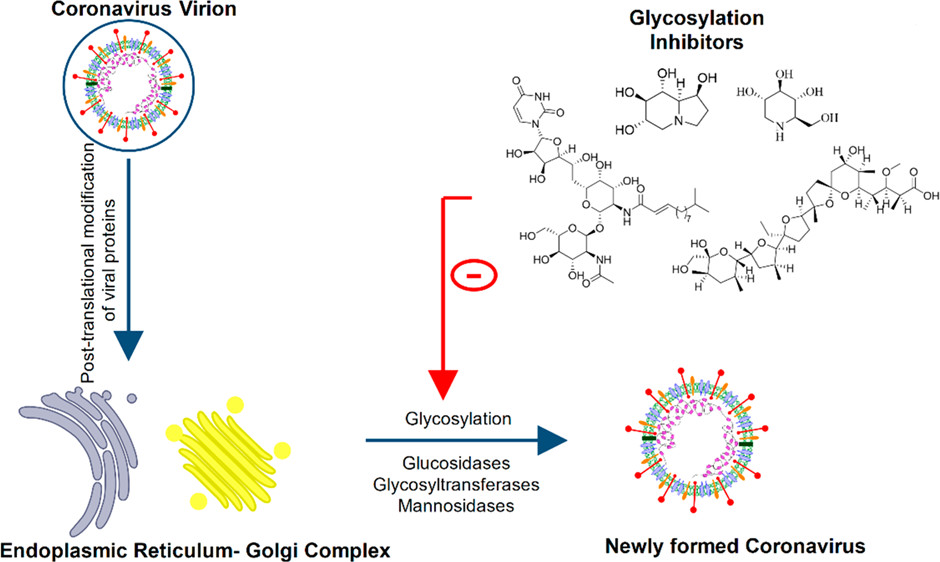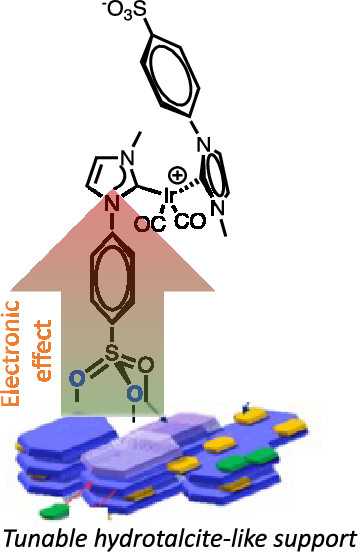What's New
We are excited to announce that our latest Virtual Issue "Diving into the Deep End: Machine Learning for the Chemist" is now available online. In the past year, ACS Omega has seen a dramatic increase in the number of articles published with an Artificial Intelligence (AI) or Machine Learning, Deep Learning, Neural Networks theme. This exceptional growth for a fully open access broad scope journal pairs with the growth seen at many other journals in the ACS portfolio. In this collection, we are proud to present a selection of articles published in ACS Omega that provides a quick pulse of the growing spectrum of topics that are “experimenting” with AI tools.
The Virtual Issue is accompanied by an Editorial written by our very own Dr. Silvia Imberti, which explores the current perceived usefulness of AI in various fields of the chemical sciences and interfacing areas based on a variety of sources, including Reviews and Perspectives provided by experts in the field.
ACS Omega - In The News
Heated tobacco products have soared in popularity as a “smoke free" alternative to cigarettes in recent years, but a peer-reviewed report has suggested their emissions could be considered smoke — a claim strongly rejected by the tobacco industry. The paper, published in ACS Omega, was funded by the STOP anti-tobacco initiative and found “chemical evidence that IQOS emissions fit the definition of both an aerosol and smoke".
More than 40 media outlets, including France 24 (Paris, France: 2.15 million unique monthly visits) and International Business Times (New York, NY: 1.29 million unique monthly visits), covered the story.
Reference: Clement N. Uguna* and Colin E. Snape
Should IQOS Emissions Be Considered as Smoke and Harmful to Health? A Review of the Chemical Evidence, ACS Omega 2022, 7, 26, 22111–22124 DOI: 10.1021/acsomega.2c01527
Key Journal Metrics
- ACS Omega published 353 articles in July, for a total of 2,423 YTD. As compared to the equivalent timeframe in 2021, this represents a 27.5% increase in published output.
- Articles published by ACS Omega were downloaded 702,108 times in July, which represents a 29.3% % increase in usage compared to the equivalent time period in 2021.
Published Issues
pp. 22061-22986
pp. 22987-24040
pp. 24041-24917
pp. 24918-25905
Featured Articles
In our latest ACS Editors' Choice selection, the authors couple a cell-free protein synthesis (CFPS) platform, allowing the incorporation of non-natural amino acids into a C-terminally truncated streptolysin O (SLO) toxoid for the precise conjugation to the polyrhamnose backbone of the group A cell wall carbohydrate (GAC). The combined immunogen generated functional antibodies against both conserved group A Streptococcus (GAS) virulence factors and provided protection against systemic GAS challenges. CFPS may represent a scalable method for generating pathogen-specific carrier proteins for multivalent subunit vaccine development.
Victor Nizet*, Neeraj Kapoor* et al. University of California San Diego and Vaxcyte, Inc, United States
ACS Omega 2022, 7, 28, 24111-24120
In this Review, the authors discuss the current status of the chemical inhibitors (both natural and synthetically designed inhibitors) of viral glycosylation for Covid-19 and provide a future perspective. It could be an important strategy in targeting the various emerging SARS-CoV-2 variants of concern (VOCs), as these inhibitors are postulated to aid in reducing the viral load as well as infectivity.
Shreyans K. Jain*, Ram A. Vishwakarma* et al. Indian Institute of Technology (Banaras Hindu University) and Council of Scientific and Industrial Research, India
ACS Omega 2022 (ASAP)
In this Mini-Review, the authors systematically described the structural aspects of Zinc imidazole framework-8 (ZIF-8) and how it was exploited for relevant applications. They go onto discuss the tunability of the ZIF-8 pore size and how different attempts have been made to tune the ZIF-8 cavity, and they also introduce the concepts of encapsulation of materials into ZIF-8 pore and its significance in electrochemical sensing applications.
Shalini Prasad* et al. University of Texas at Dallas, United States
ACS Omega 2022 (ASAP)
In this article, the authors present Protease Activity Analysis (PAA), a toolkit for the preprocessing, visualization, machine learning analysis, and querying of protease activity data sets in order to facilitate protease research. PAA leverages a Python-based object-oriented implementation that provides a modular framework for streamlined analysis across three major components. Overall, PAA offers the protease community a breadth of computational tools to streamline research, taking a step toward standardizing data analysis across the field and in chemical biology and biochemistry at large.
Ava P. Soleimany*, Sangeeta N. Bhatia* et al. Massachusetts Institute of Technology and Harvard University, United States
ACS Omega 2022, 7, 28, 24292-24301
In this Review, the authors discuss the properties of metal oxide/biochar systems and their important application in wastewater treatment. The advantages, disadvantages and possible modification of biochar are described first, followed by systems of biochar combined with various metal oxides. Finally, their possible degradation mechanisms are discussed.
Filip Ciesielczyk* et al. Poznan University of Technology, Poland and University of Technology Sydney, Australia
ACS Omega 2022 (ASAP)
Here, the authors present a systematic study of the support effects experienced by an organometallic complex immobilized on doped hydrotalcite-like materials. To that end, they describe the synthesis and characterization of the first organometallic species immobilized on a palette of doped hydrotalcites via sulfonate linkers. The materials were extensively characterized to probe the morphology and electronic properties of the support and to elucidate structure-property relationships.
Adelina Voutchkova-Kostal* et al. The George Washington University and Johns Hopkins University, United States, and Aston University, United Kingdom
ACS Omega 2022, 7, 28, 24705-24713
In the big data era, the link between drug design and machine learning models has become more evident. In this paper, the authors analyze how machine learning methods can qualify and predict matched molecular pairs (MMPs) for potential use in medicinal chemistry projects.
Karolina Kwapien* et al. AstraZeneca Gothenburg, Sweden
ACS Omega 2022, 7, 30, 26573–26581
Previous Newsletters
Click below to view a previous ACS Omega Monthly Update
© 2025 American Chemical Society, 1155 16th St NW, Washington, DC 20036, USA. View our Privacy Policy

















